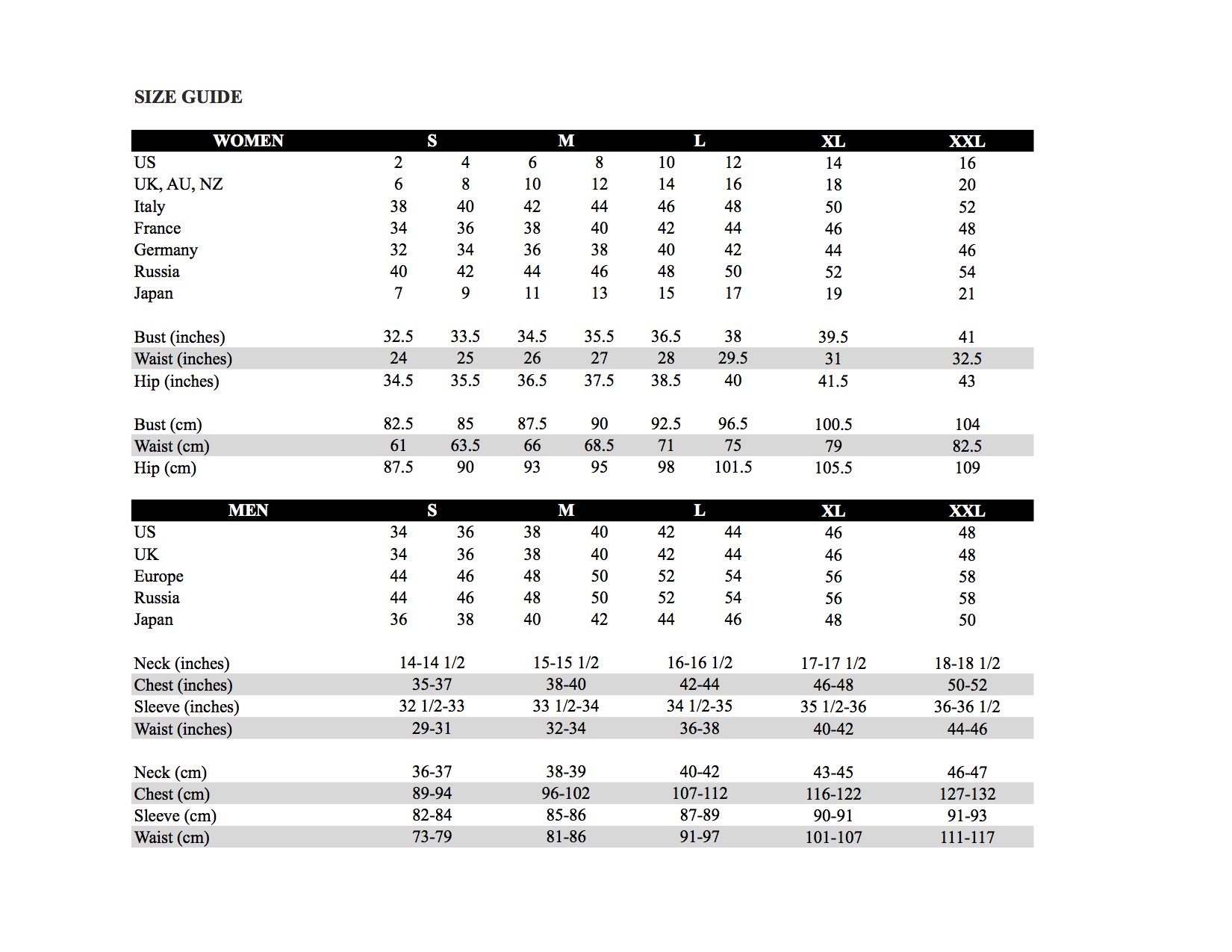How it’s made – From herders to your hands
1.Collection of raw materials
Manufacturing technology of cashmere products should follow specific technological instructions and a scheme approved by standardization. Main raw materials of Munkh, such as goat cashmere, yak down, or camel wool is collected from herders or a local companionship and then prepared for classification.
2.Classification
The raw material is sorted into 20 different categories through visual and sensory examination under the daylight, in accordance with the quality and technological standards.
3.Sorting and scouring
Sorting and scouring to prepare the raw material for the next step, the dirt, manure, and wool-grease are separated from the classified raw material. It is essential to use environmentally friendly and harmless soap for this procedure.
4.Dehairing
After the dirt and bristles are removed from the scoured wool or cashmere, it becomes a dehaired semi-manufactured product.
5.Dyeing and mixing
Special dyeing technology is used for dyeing cashmere or wool, which is conducted in a low temperature in an open air. It is crucial to use the dyeing technology that damages surface of the raw material the less, is ecologically friendly and creates soft and feeling on the skin.
6.Spinning
The most important procedure of wool or cashmere manufacturing is spinning a yarn. The quality of a final product fully depends on the quality of the yarn. The technology consists of 5 phases, namely combing, spinning, braiding, double braiding, and twisting.
7.Knittings
Computer-controlled, fully automated machine is programmed for the design of the chosen product, and the details are knit together because of 1 to 3 phases. Knit details are threaded on machines of 5 to 20 gauges, making it a semi-manufactured product. Depending on the complexity of the design, a unit of product goes through up to 14 procedures. Munkh produces single jersey, cable, ajour, tuck, garter, and jacquard stitches & patterns on a 16-gauge automated knitting machine for thin, detailed knits; a 12-gauge machine for regular knits, and a 7, 5, 3-gauge machine for thick knits.
8.Completing the knitting process (Washing, Hand sewing, Ironing)
A final process that includes washing, drying, and ironing is conducted next on a sewn semi-manufactured product, followed by labeling and packaging. Munkh carries out 15 to 30 different types of detailed procedures on each product that contribute to its durability, reduces expansibility & shrinkage and the roughness of a wool or cashmere product.
9.Quality inspection
Quality is the main indicator of successfully supplying products to the market and introducing the value of wool and cashmere products. Munkh conducts two rows of quality inspection, working on constant improvement of the quality management & control system to achieve the level specified in technical documentation of standards and normative.

